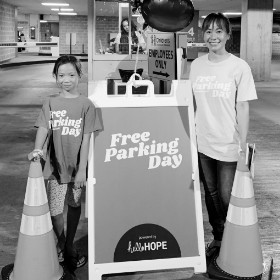Have a Child with Allergies? Use this Emergency Allergy and Anaphylaxis Action Plan Template [Free Download]
Allergies can range from an annoyance to a life-threatening anaphylaxis, and both require preparation and planning. In addition to our personal experiences with allergies in our story with eosinophilic esophagitis (EoE), I also had an experience with a severe allergic reaction to a yellow jacket sting as a child. (A high-speed trip to the emergency room is never how you want to end a visit to the pumpkin patch.)
If you’ve dealt with allergies in your family, you know that they can be a serious matter to consider and be prepared for. In fact, you’ve probably given countless explanations to teachers, coaches, babysitters, friends, family, and others about how to handle your child’s specific needs.
Emergency Action Plan for Allergies and Anaphylaxis
Regardless of where your child falls on the allergy spectrum, having a clear, written plan on how to deal with your child’s allergies can save you time and worry.
In 2017, the American Academy of Pediatrics published a two-page printable guide that every allergy-impacted family should have. The Allergy and Anaphylaxis Action Plan is designed to give caretakers detailed information on a child’s specific allergy conditions as well as medically sound guidelines to follow so that your child gets the necessary care.
FARE (Food Allergy Research & Education) also published a similar version of this plan, and they offer a Spanish version that you can download here.
As always, consult your doctor with any questions and for additional resources about how to handle severe allergies.
Life with Allergies: You Are Not Alone
We’ve learned through personal experience and through the families whose stories we’ve shared that it’s common to have times in your journey when you feel alone. Loneliness can set in when you receive a diagnosis, first consider the risks of anaphylaxis, or on seemingly random days.
But the truth is: you are not alone.
Did you know that allergies are number six on the list of most common chronic illnesses in the US? Or that, according to the Center for Disease Control and Prevention (CDC), more than 50 million people in the US deal with allergies each year?
Regardless of where your child falls on the continuum, there are other families bravely facing the realities of life with allergies. Whether your child has allergies to food, environmental factors, stinging insects, or something else, a diagnosis does not define them and is not a sentence on a life lacking joy, fulfillment, and fun.
If you’re a family dealing with food allergies, you may also enjoy these articles:














